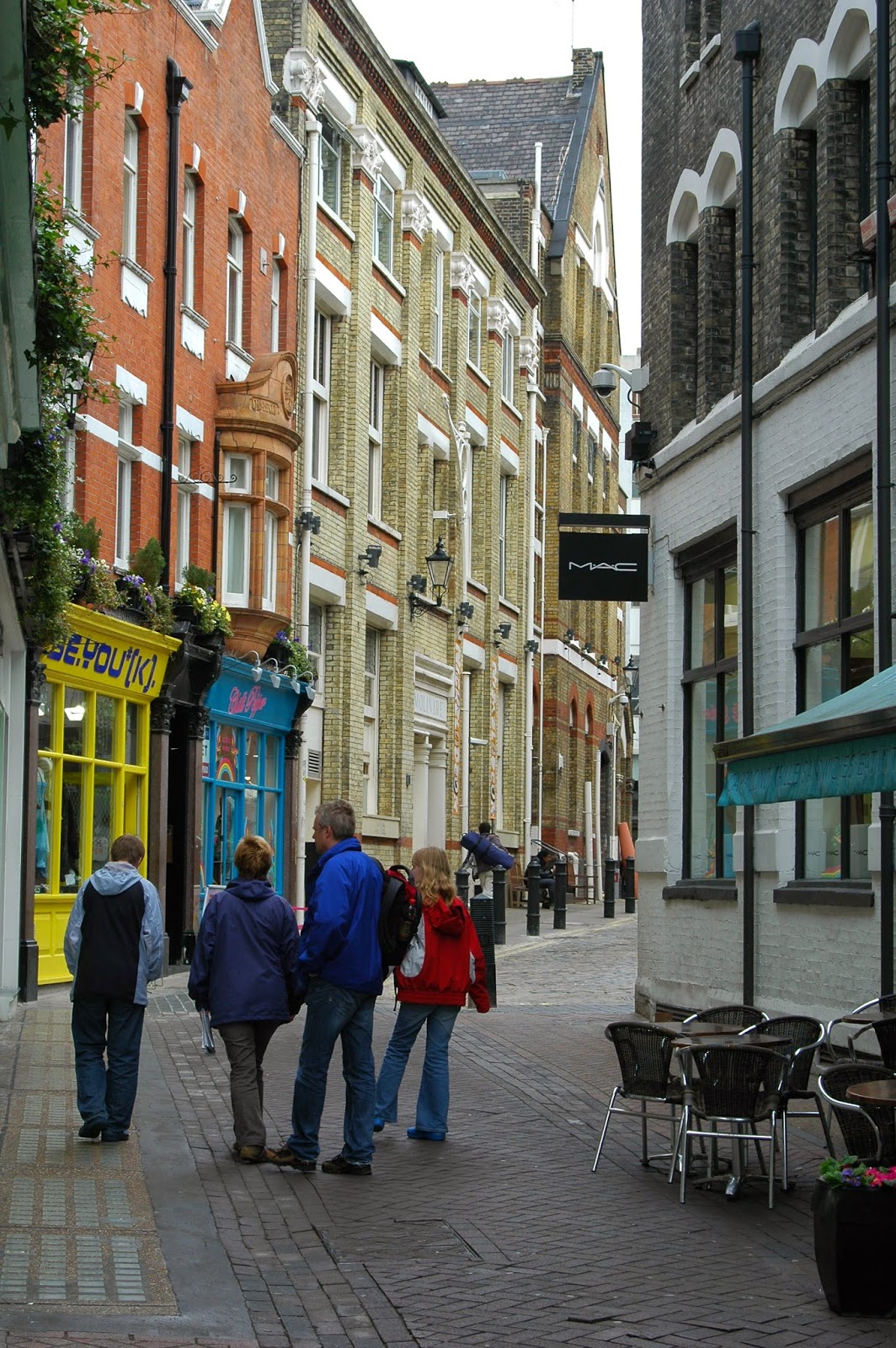With
Thanksgiving Day nearly upon us, and with many folks already traveling, I’ll
limit myself today to a handful of links.
But they’re good links.
About a
month ago, I wrote a series of posts on urbanism and senior living, from the
how senior life might be conducted downtown to getting around without a driver’s license to walkability.
But even after those posts were put to bed, good thinking on the subject
continued to arrive in my computer.
If you only
have time to follow one link today, this is the one I’d recommend. A recently opened Alzheimer’s and dementia care
facility in the Netherlands has been configured like a walkable village center. The patients, all of whom are in the advanced
stages of their disease, live in bedrooms of what appear to be single-family
homes, often decorated in a style consistent with earlier periods of their
lives. They have the freedom to wander,
but not to leave, under the watchful eyes of attendants who double as gardeners
and postal clerks.
Compared to
standard U.S. residential care facilities, the Dutch village is an expensive
way to care for seniors with dementia, but not impossibly so. The monthly cost is about $8,000, compared to
a more typical $5,000 to $6,000 in the U.S.
And the approach is successful, with the residents more comfortable and
living longer than those under conventional care.
My wife was
diagnosed three years ago with early-onset Alzheimer’s disease. She’s coping well with the condition, with
more grace that I’d likely muster, but she knows that the extent of her daily
life is shrinking, with a reduced ability to travel and to interact with
unfamiliar people.
I asked her
for thoughts on this article. She was
immediately enthusiastic. She has a
group of on-line acquaintances, all with early-onset Alzheimer’s. In my wife’s words, “We know we’re no longer
living normal lives, but a place like this retains the illusion of a normal
life and that would be important to us.
I’m not surprised that the residents live longer.”
The message
for urbanists is if that protected walkable settings can be successful in the
care of advanced dementia patients, then walkable urban settings, with limited
cars and lots of plazas and small retail shops for daily life, can provide a
comfortable home for seniors who are only beginning their final decline.
Building on
the subject, Harry Grabar, writing in CityLab, notes a dual function that
walkability can provide. Walkable
settings can retain seniors and their financial resources in a community. And those same walkable settings can attract the creative millennials who will provide
the next wave of economic prosperity for the community.
Writing in
New York Times, Harriet Edelson notes that most seniors live beyond their years
of driving, by seven years for men and ten years for women and should therefore
include non-driving transportation in their
retirement plans.
Lastly, Eric
Dishman of Intel, in speaking to a civic club in Portland, Oregon, lists the efforts
underway to find uses for technology in helping seniors age safely in place. (His speech was interesting, but not
particularly compelling, I’d check out the other links first.) I applaud the efforts by Intel and others,
but note that the place where seniors age needn’t be the suburban family home,
but perhaps should be a downtown apartment in a walkable setting.
As you sit
down to Thanksgiving dinner with parents or other aging family members, give a
little thought to where you want them to live their final years. And think about how urbanism can help fill a
need.
Have a good
holiday.
As always,
your questions or comments will be appreciated.
Please comment below or email me.
And thanks for reading. - Dave Alden (davealden53@comcast.net)

This comment has been removed by a blog administrator.
ReplyDeleteThis comment has been removed by a blog administrator.
ReplyDelete